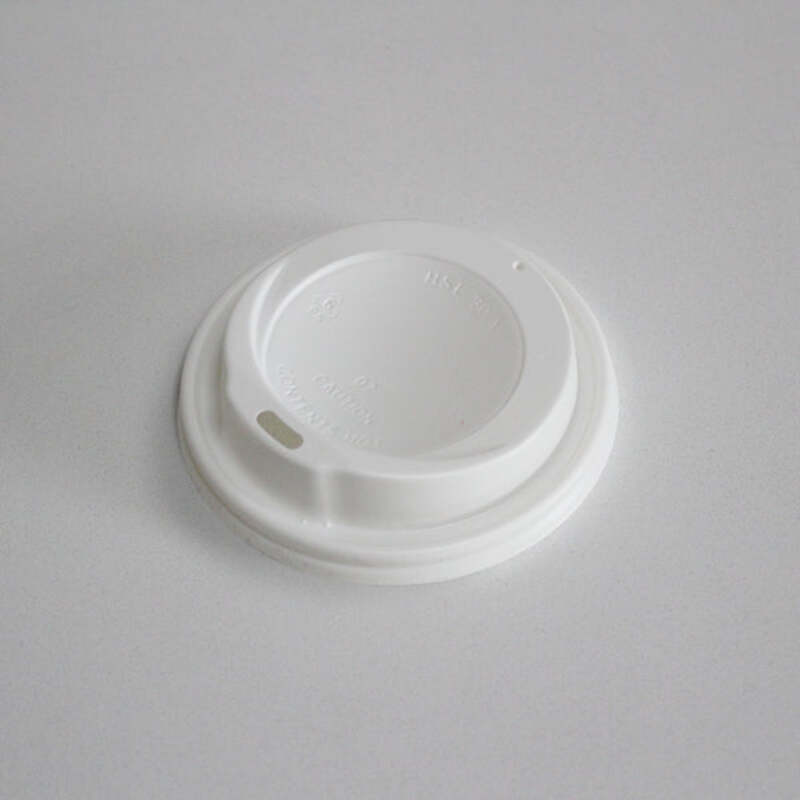The Evolution of Modern Business Cards
In the digital age, where contact information is always just a click away, one might wonder if traditional business cards have become obsolete. However, modern business cards have evolved significantly, adapting to contemporary needs while still serving the fundamental purpose they’ve always had connecting individuals and making lasting impressions.
The traditional business card is typically a simple card displaying an individual's name, title, company name, and contact information. While this format remains prevalent, modern business cards now incorporate innovative designs, materials, and technologies that reflect the personality of the individual or brand they represent.
One significant trend in contemporary business cards is the use of unique shapes and materials. Gone are the days of standard rectangular cards; today, creative shapes, such as circles, squares, or even custom die-cut designs, can make a card stand out in a crowded market. Materials have also dramatically diversified, with options ranging from thick cardstock to eco-friendly alternatives, metal, wood, and even transparent plastic. These choices allow business owners and professionals to convey their brand's identity and values, creating a far more engaging and memorable experience for recipients.
Another noteworthy trend in modern business cards is the incorporation of technology. QR codes have become commonplace on business cards, allowing individuals to digitize their contact information easily. By scanning a QR code, recipients can be directed to a personal website, portfolio, or LinkedIn page, streamlining the process of networking. Similarly, near-field communication (NFC) technology, which allows users to tap their card against a smartphone to share contact details instantly, is gaining traction. These innovations not only make exchanging information seamless but also modernize the traditional card, bridging the gap between physical and digital networking.
modern business cards

The design of modern business cards has also undergone a transformation. Minimalism has become a popular choice, with many opting for clean lines and simple typography that reflect a sophisticated image. Bold colors, intricate patterns, or stunning graphics are being used to express creativity and personality. In contrast, some choose to adopt a more professional appearance, incorporating subtle textures and elegant fonts to convey reliability and expertise. Achieving the right balance of design is crucial; a card should evoke a strong visual impression without overwhelming the recipient.
Additionally, the content on business cards has diversified beyond basic contact information. Modern professionals often include taglines, social media handles, or even a short list of skills or services offered. This additional information can help recipients remember not only who the individual is but also what they do, further strengthening the connection made during networking.
The use of modern business cards is not limited to the corporate world. Entrepreneurs, freelancers, artists, and creatives all utilize personalized card designs to showcase their unique style and brand. Networking events, trade shows, and industry conferences continue to be valuable opportunities for distributing business cards, enabling individuals to forge connections that could lead to future collaborations or client relationships.
In conclusion, while the basic concept of a business card remains unchanged, modern business cards have adapted beautifully to meet the demands of today's fast-paced, technology-driven world. With unique designs, innovative materials, and integrated technology, these cards serve as powerful tools for networking and personal branding. They not only facilitate the exchange of information but also leave a lasting impression, proving that in the world of business, a well-crafted card can still hold significant value.



